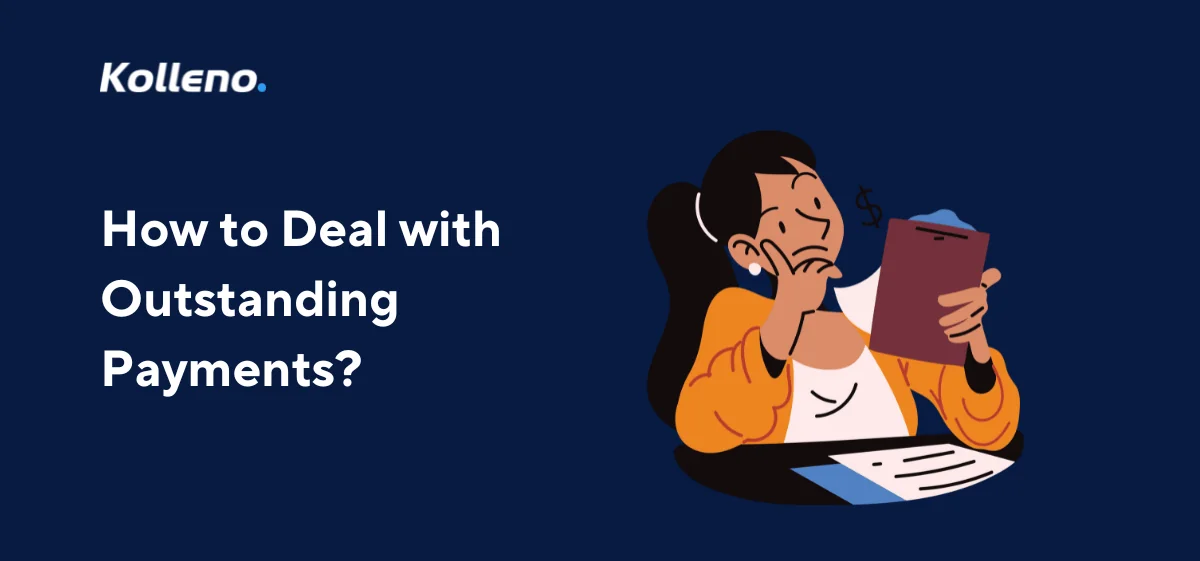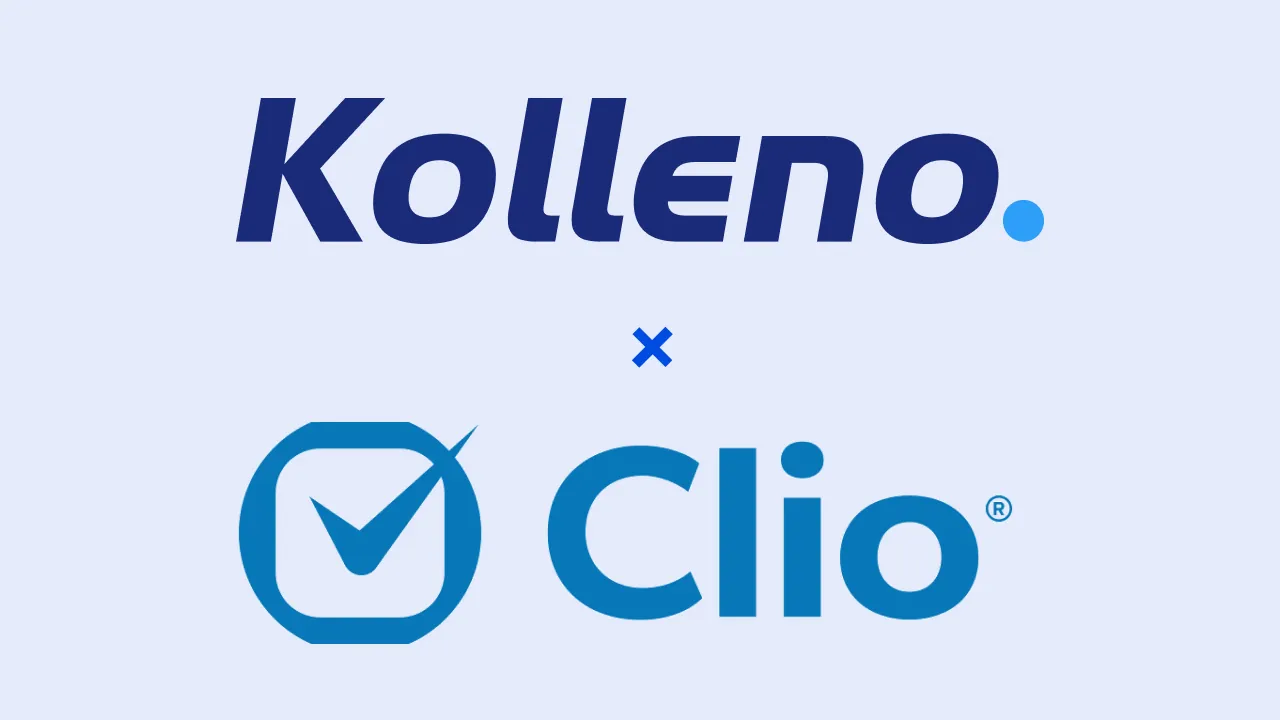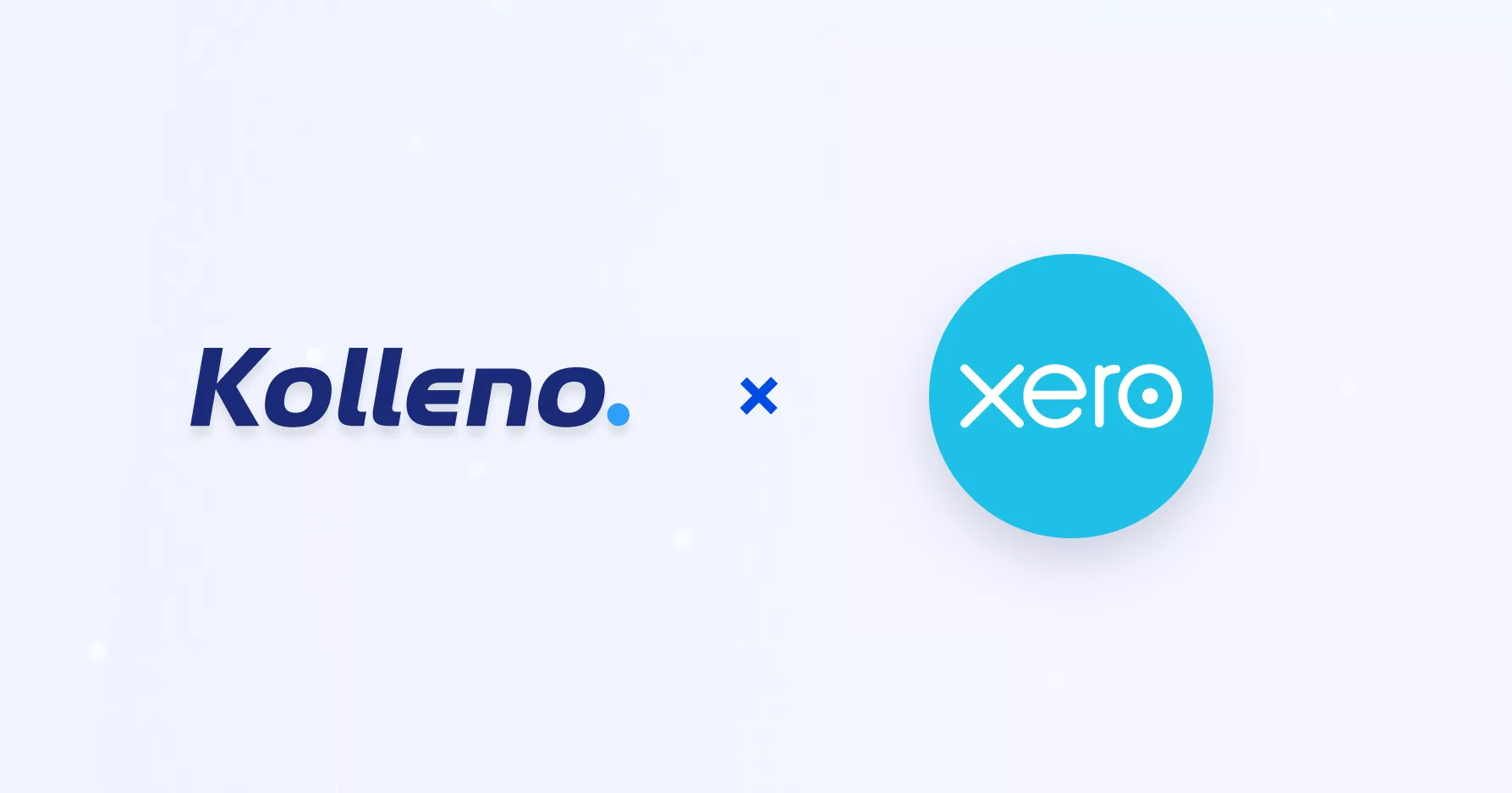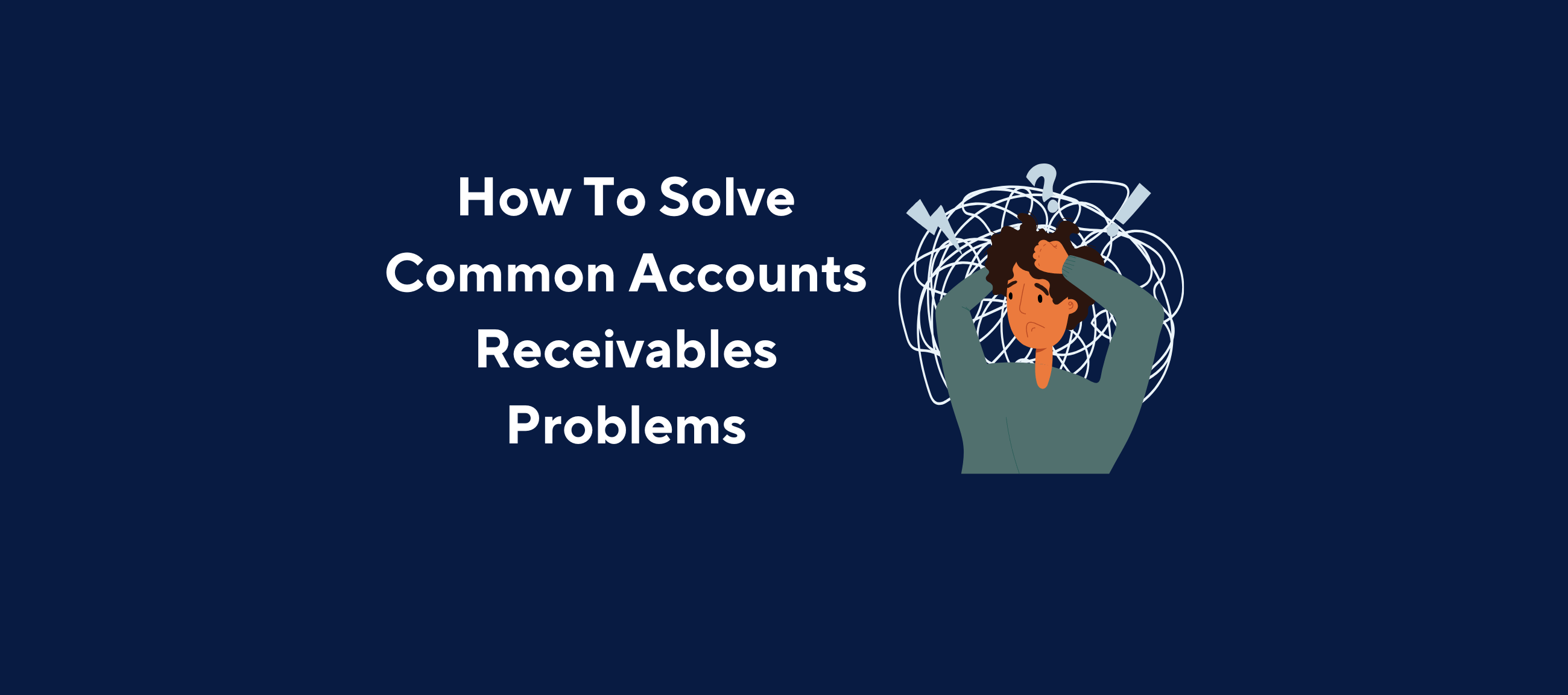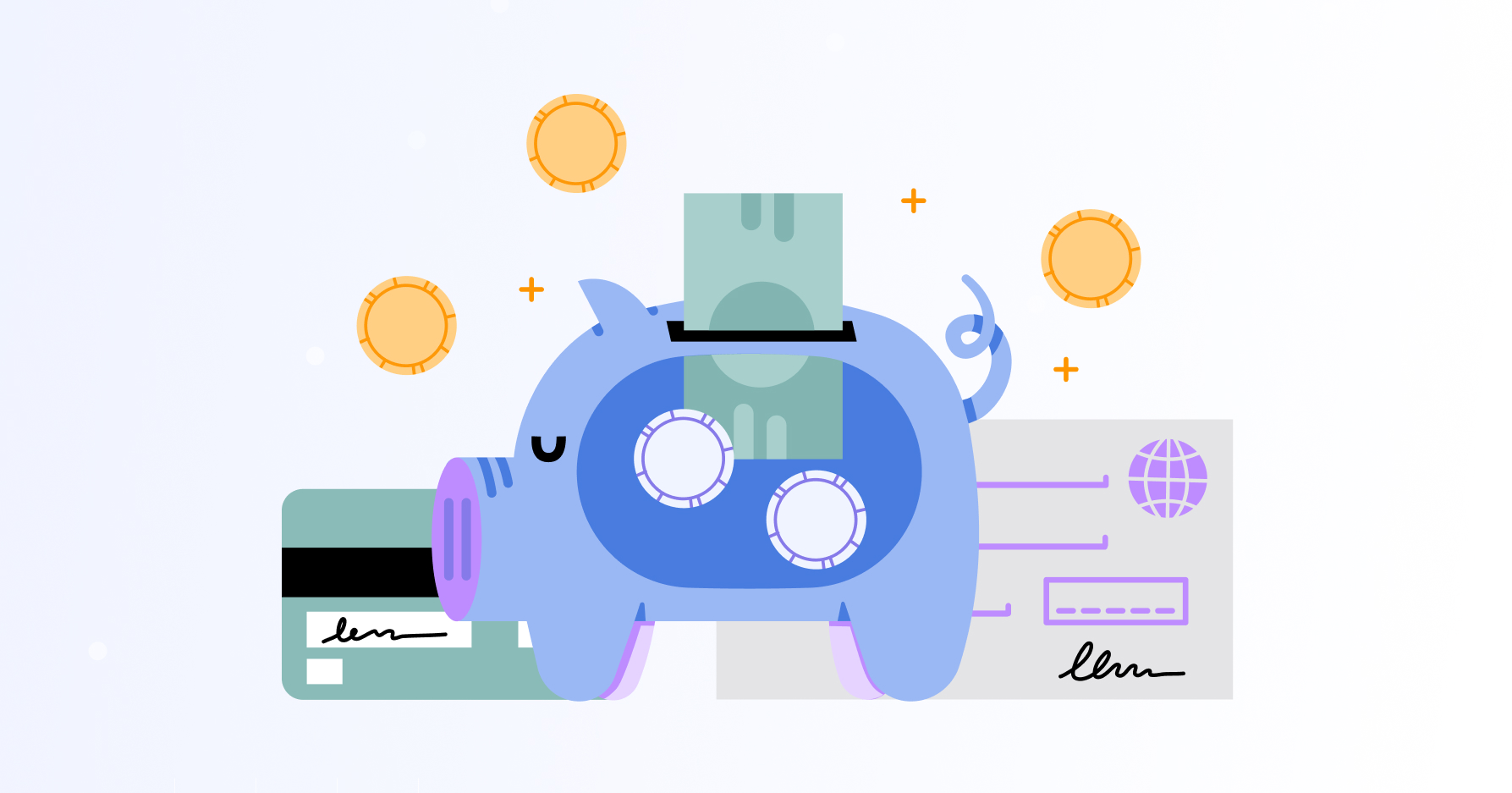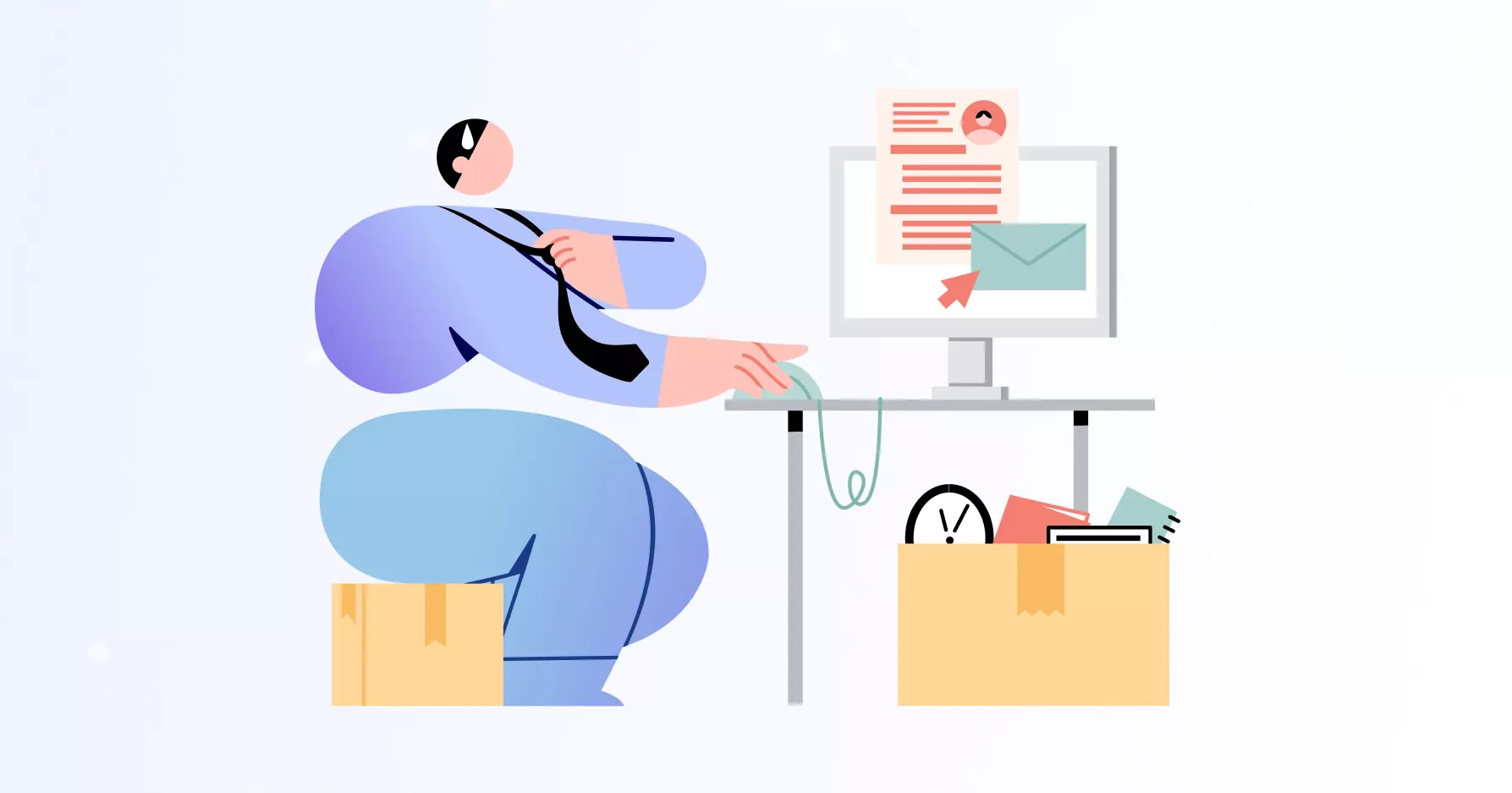Is your business suffering from outstanding payments? There is no need to panic. The majority of businesses have overdue invoices (past due invoices), so this is a common problem. The survey of business owners and CEOs has revealed that 9 in 10 respondents experience problems with payments, and 65% stated that their business often faces outstanding invoices. In the UK alone, government statistics estimated that in 2021, overdue invoices amounted to £23.4 Billion.
The good news is that there are proven strategies on how to deal with late invoices and ensure timely payments, which we will share with you in this article. Moreover, you will find the email templates that have been proven to help with invoice collection.
Key Points:
The majority of businesses face overdue invoices, so delayed payments aren’t something to necessarily worry about.
However, if you have too many outstanding invoices, then you need to find a way to ensure prompt payments.
Chasing after unpaid invoices is a part of the accounts receivable management process.
There are proven overdue invoice chasing techniques to help get paid faster and maintain positive client relationships.
It is important to be proactive when a business faces overdue payments. The longer the payment is overdue, the higher the chance to encounter cash flow problems.
The invoice is considered overdue when the payment deadline has passed, and the client didn’t pay.
Technology can automate the invoice chasing process and improve the speed of the cash conversion cycle (i.e. ensure prompt payment).
Frequently Asked Questions:
What does invoice status mean?
Invoice status tells if the invoice has been pending for longer than the payment deadline. The invoices can be pending but not overdue. This means that it still hasn’t been paid, but the deadline still didn’t approach yet.
How do you respond to an outstanding payment?
When the invoice becomes overdue you should send your client an email chasing payment. The emails are starting with a gentle reminder with a gradual transition to a more firm tone of voice. It will make your clients understand that the overdue invoice has to be paid as fast as possible, without sounding rude or inappropriate.
How to write a late payment email?
Sending a reminder email to clients who are late to pay their invoices is an essential part of accounts receivable management. Be prepared to send clients with outstanding invoices several emails before they pay. Depending on how many emails you have sent you might want to adjust messaging or tone of voice. Also, with some loyal or large clients, you might want to find out the details of why they have been delaying their payments.
Adjusting messages to each late-paying customer might be too time-consuming. Therefore, you might want to consider automating the communication with your b2b customers.
The below overdue invoice chasing email template is appropriate to use when you have already sent out two gentle reminder emails. The third one is sent out approximately when the invoice is 15 days overdue. To learn more about how to speed up the collections of overdue invoices with help of machine learning technology, reach out for a no-obligation demo.
How do you ask for payment without being rude?
The strategy of successful AR management involves continuous communication with your b2b customers. First, you need to send an email to remind them that the payment deadline is approaching. Then a polite email to find out if the client has missed the deadline, or forgot about the invoice. Then you change your tone of voice to a more firm and try to find out if there is a reason for the overdue payment. Be prepared to send up to eight emails to remind the customer regarding the outstanding invoice before sending a notice of legal action. When you change your tone of voice gradually, the client won’t consider your reminders rude and will try to pay an invoice as fast as possible.
What is an outstanding payment?
When the sale is completed the business sends to their b2b clients an invoice to pay, usually within thirty days. While the invoice is not paid it is considered pending, but not overdue if the payment deadline did not approach yet. When the payment deadline has passed, the invoice has become outstanding.
All pending invoices until they have been recorded as bad debts, can be found in the accounts receivable (AR) filed in the balance sheet assets. While AR is considered an asset, they are not as liquid as cash, so it is an important task to collect all these outstanding invoices. The cash conversion is part of the accounts receivable management and influence the health of the cash flow.
Why is invoice collection important?
The longer the invoice is not collected, the higher the chances for it to become a bad debt. Bad debts are losses for your business, and of course, you would want to limit them. However, if the invoices are not bad debts but are paid with a 30 or 60-day delay it is a free credit to your customers. Moreover, you might have unexpected expenses that you would need cash to pay for, but the uncollected invoices would make it harder. Also, it is extremely difficult to plan the cash flow and plan future investments. Finally, the outstanding invoice is harming your cash flow, and cash flow struggles are the primary cause of why small businesses fail.
5 Reasons Why Invoices are Overdue
Have you been wondering why your clients do not pay you on time and what are the causes of overdue invoices? Knowing the reason behind late payments will help you understand what areas of your accounts receivable management needs improvement. Usually, the reasons are simpler than you think and your clients pay their invoices late, not intentionally. Here are the most common reasons why the invoices are overdue.
1. Manual processes make invoice collecting harder
When invoices are prepared manually there are many negative factors that might affect the payment collection.
Errors cause outstanding payments
Manual invoices are prone to errors. These are ranging from misspelt names, missing payment details, wrong invoice amounts, and mistakes in the bank account numbers. If the client didn’t spot the mistake it might take a long time to realise why the payment is overdue. If the client has spotted the mistake it takes days to correct it and send it out again.
Some overdue invoices are lost
Manual invoices are not only expensive to produce but also are easily lost either in the post or at your client’s office desk.
2. Pending invoices are forwarded multiple times
Sometimes when the b2b invoices are arriving it takes several people at your client’s office to approve them. If the invoice has arrived at the purchasing manager it is forwarded to the accountant or the manager of the department and so on. It can take up to 25 days for a business to process an invoice after it has been received. If the invoice is sent out via post add more days to take into account the delivery time.
3. Not offering proactive payment options
Invoice collecting becomes much faster by offering convenient and flexible payment options. According to Xero, clear and convenient payment instructions make invoice payment 30% faster. If the client has to look up the payment details, manually enter information and look up the invoice number or references it all stalls the payments process and results in invoices not being paid on time. It also makes sense to offer a wide range of accepted payment methods.
Kolleno AR Management Platform not only automatically prepares the invoices but also offers your b2b clients to pay using popular payment methods such as Stripe, Direct Debit, ACH or EE transfer. Moreover, the clients receive a link to the user-friendly payment portal. In the payment portal, the client does not need to enter any details that refer to the outstanding invoice, as it auto-fills. When the payment was successful your accounts are automatically reconciled making the accounts receivable management flawless.
4. Not being clear about when you expect to get paid
Not clearly stating the payment terms or when you are expecting to collect payment is a major cause of overdue invoices. The usual payment terms for the b2b invoice are 30 days after the sale has been recorded. Sometimes, when the delivery of goods takes a long time, the payment terms can state 30 days after the goods or services have been delivered.
Having reasonable payment terms is important not only to the client but also for your business’s eternal statistics. Having the payment deadline too short might negatively be reflected on your Aging Reports. If the payment terms are too short your business will have a high proportion of overdue payments. It will make the collections department overwhelmed.
5. Client Experiences Financial Difficulties
Some clients might experience struggles with their cash flow which would lead to paying their bills late. This is a normal situation due to the interconnected supply chains, which might get disrupted sometimes. Instead of panicking, you should think about how to collect payments even if it is not the full invoice amount. You can be flexible and after discussing with your client their situation you can offer them a payment plan. Once they have paid the first instalment, you can send the remaining balance invoice. This will decrease your outstanding invoice balance and will improve collections. Moreover, the client will appreciate your flexibility leading to a better customer relationship and when their financial situation will improve they will buy more products or services from you.
Reduce Your Outstanding Payments With Automating AR
Outstanding payment is a common problem for businesses of all sizes across all geographies. However, you do not have to wait until your clients pay. You should be proactive when it comes to collecting payments to safeguard your cash flow. While the task can be time-consuming and sometimes it is hard to find the appropriate tone of voice or keep track of the number of reminder emails sent out, you can automate the collection process with Kolleno. Kolleno’s cloud-based software extension is perfectly compatible with the most popular business tools and accounting software. So, you can put your collection on auto-pilot. The machine learning algorithms will estimate the best time, channel and message to contact clients with outstanding invoices for faster collections.

